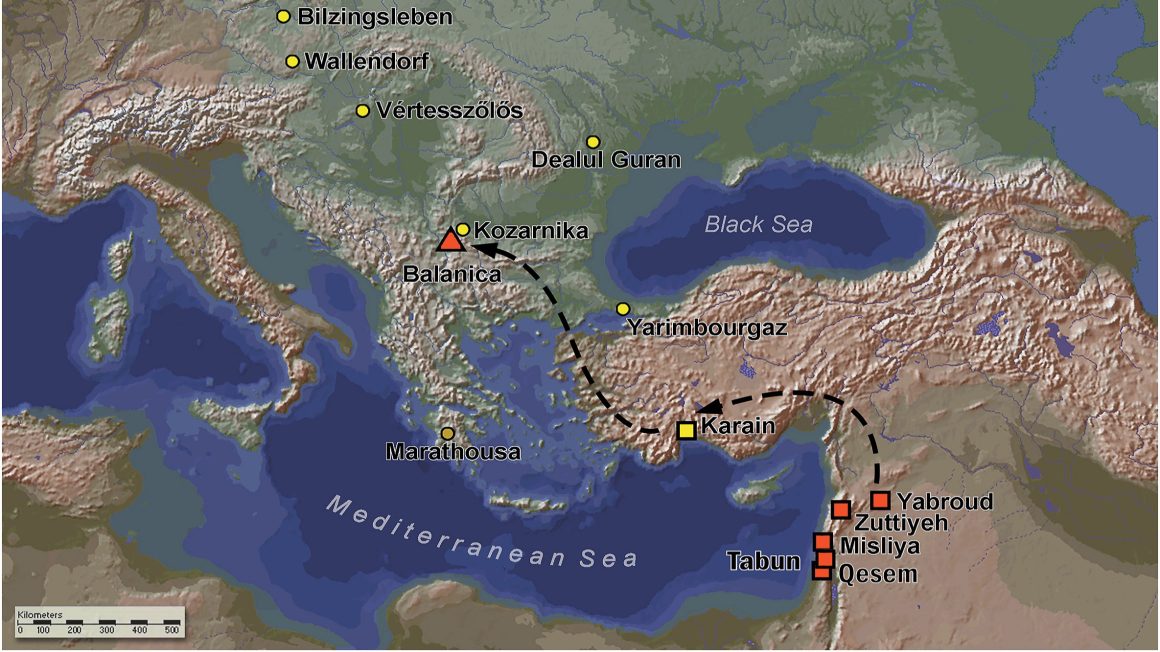A University of Winnipeg paleoanthropologist is part of a Serbian-Canadian team researching numerous stone artifacts, remains of Neanderthals and Pleistocene fauna dating from the period 300-240 thousand years ago, found in the caves Velika and Mala Balanica in Sićevo George near Niš.
Specialized tools and remains of fire indicate cultural connection between the Balkans, Anatolia and the Middle East.
Their findings, led by Dr. Dusan Mihailović from the University of Belgrade and Dr. Mirjana Roksandic from The University of Winnipeg, and including an international team of experts from Serbia, USA, France, Spain, Australia, and Canada, are published in the Journal of Human Evolution.
Findings confirm cultural connections
The existence of cultural ties between the Balkans and the Middle East in the distant past has often been debated, especially in the context of westward spread of anatomically modern humans 40 thousand years ago or the spread of agriculture around 8 thousand years ago. Earlier links between the two areas have often been disputed; however, archaeological research at Balanica caves demonstrates that Europe’s earliest prehistory cannot be viewed in isolation from the Middle East.
The team confirmed that the cultural ties between the two areas existed more than 240,000 years ago, at a time when people began to use fire regularly and make standardized tools for processing leather and fur.
It is in the Middle East, in the Yabrudien culture, that the oldest fires and specialized tools for processing leather and fur (the so-called Quina side-scrapers) were discovered.
Identical tools and the remains of a fire similar to the Qesem cave in Israel were discovered recently in Balanica, and date back to the period when specialized tools of this type have not yet been used in other parts of Europe.
This indicates that 300-240 thousand years ago there was a cultural connection between the Balkans, Anatolia and the Middle East.
It is still not possible to say with certainty whether the spread of cultural innovations was due to population movements or to cultural transmission from the Middle East and who were the bearer of these changes (Neanderthals or anatomically modern humans). It is certain, however, that these innovations later led to the final shaping of cultural patterns characteristic of the Middle Paleolithic – a period that represents one of the major turning points in the early history of the humankind.





